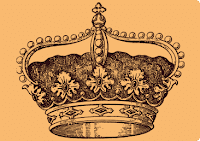The Reform movement's watershed resolution said you do not need a Jewish mother to be considered a member of the Tribe.
By Dana Evan Kaplan
On March 15, 1983, the Central Conference of American Rabbis (CCAR), the Reform movement’s body of rabbis, passed a resolution prepared by a committee on patrilineal descent entitled “The Status of Children of Mixed Marriages.” The CCAR resolution stated that “we face, today, an unprecedented situation due to the changed conditions in which decisions concerning the status of the child of a mixed marriage are to be made.” Contrary to nearly 2,000 years of tradition, the resolution accepted the Jewish identity of children of Jewish fathers and non-Jewish mothers under certain circumstances.
Continue reading.
Follow us on

























